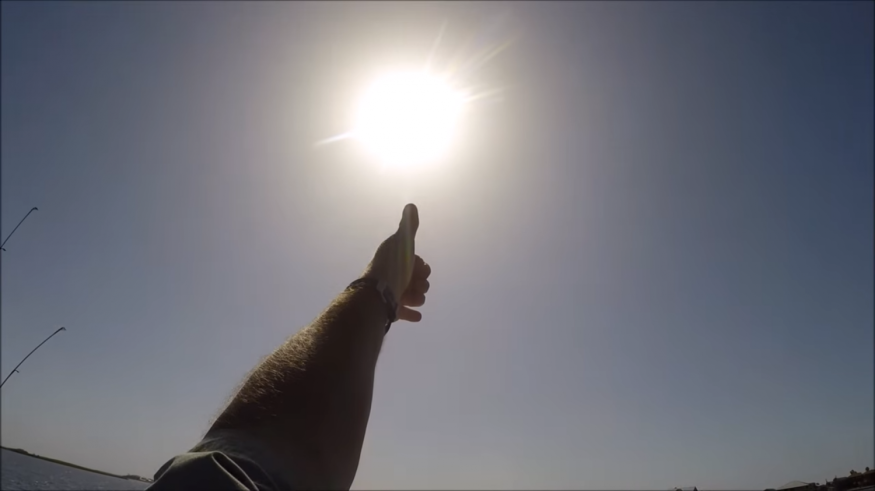Humans have started reading elements around them even in the prehistoric days to tell the time. They would use observation, deductive reasoning, and the Earth to track the time.
They learned through observation how to tell time using the stars up in heaven, the changes of seasons, and the presence of night and day.
With the absence of a clock back then, early humans have learned to develop a primitive way to determine time. Doing so allowed them to plan any type of nomadic activity, such as farming, sacred feasts, and many more.
What specific elements did they use in the past that can also be used today in the absence of a clock?

Using sunlight
According to Reader's Digest, the remaining sunlight can be calculated by extending one arm in front, then rotating the wrist so that the palm is facing horizontally. The fingers must be closed together, and the pinky should be aligned with the horizon.
Then, count the number of fingers that reach the sun. Another hand might be needed to stack over the first hand depending on the season to continue counting. Four fingers mean one hour of sunlight is left. Youtuber TheFritz423 showed on his video how to do this method:
The sun's position
As the center of the Solar System, the Sun lies at the center every noontime, which rises from the east and sets to the west. It is important to know the average number of hours of sunlight in the local area when using this method.
For instance, Winnipeg in June has approximately 16 hours of daylight. So, divide the sky into an imaginary arc starting from east to west with 16 equal segments that approximate the time. The calculations will result in the sun rising at 5:30 am from the east and will set by 9:30 pm to the west.
Shadows
The body casts a different shadow as the day progresses due to the Sun's position in the sky overhead. The shadows appear to be shortest during the noon when the sun is at the center, and the longest in the early morning as it rises and in the late evening as it sets.
The body can serve as a makeshift sundial, a device that reads the shadow's direction and length to get rough estimates of the time.
The stars
Reader's Digest noted that this time-telling method is virtually exclusive to the Canadians, being the territory close to the North Pole and having a clear night sky. Earthsky.org reported that the constellation the Big Dipper and Polaris (also known as North Star) could be used as distant pinpricks of light as an astronomical clock, wherein Polaris is at the center.
The imaginary line between the two outermost stars of the Big Dipper acts as the "hour hand" of the star clock that makes a full 24-hour rotation in a counter-clockwise direction. This method could be used to tell the time of the late-night hour.
Body Clock
Like modern humans, people in the past also have their own circadian rhythms affected by environmental factors, like the daylight. Many people can tell what the time is by listening to their gut, more specifically when they usually wake up or the specific time they go to the bathroom.
These habits tend to happen at specific times of the day to help the person identify what time it is.
Check out more news and information on Time on Science Times.









